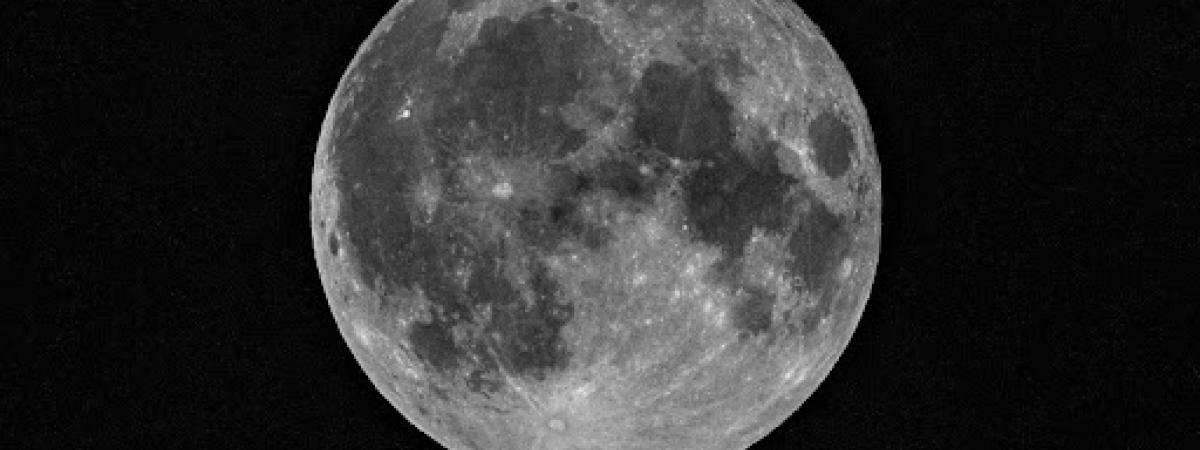
How lunar research is reshaping our understanding of Earth
What can ancient moon rocks tell us about the origins of Earth, the future of space travel, and even the water we drink?
At Case Western Reserve University, professor and geochemist Jim Van Orman is digging into those questions—literally—by analyzing material brought back from the moon. His research has helped reshape what scientists know about planetary formation and could one day support lunar missions.
In recognition of National Moon Day (July 20), The Daily spoke with Van Orman about how the moon’s secrets are helping answer some of science’s biggest questions.
Read on to glean his insights—and discover more facts about the moon from other CWRU faculty.
1. What are some key findings from your studies on the moon’s impact on climate change patterns on Earth?
Lunar tides don’t really influence climate change, but sea level rise due to global warming makes tidal flooding more frequent and damaging. Past climate change has also had major impacts on how tidal flows are distributed around the globe. For example, the freezing over of Hudson Bay during ice ages suppresses tides there and amplifies them in other places.
2. How does studying lunar samples contribute to our understanding of planetary formation processes?
Some of the best evidence for Earth’s formation comes from the study of lunar samples. Moon rocks share some broad similarities with Earth rocks, but also enormous differences that reflect different geological processes on the Earth and the moon. One important way that the Earth and moon are uniquely similar is in their distribution of isotopes; Earth is isotopically distinct from every other body in the solar system, but essentially identical to the moon. It’s clear that Earth and moon are made from the same stuff—but not so easy to explain why.
3. What methodologies do you use to analyze lunar materials and extract insights into Earth’s geological history?
We have used mass spectrometers to analyze the chemical and isotopic composition of lunar samples, high temperature furnaces to simulate lunar volcanic processes, and large presses to study the properties of synthetic lunar materials at high pressures and temperatures.
4. How do lunar studies at CWRU contribute to advancements in planetary science and environmental research?
Almost two decades ago CWRU was part of a small collaborative team that made the first discovery of indigenous hydrogen (“water”) in lunar volcanic samples. Now, scientists all over the world are studying lunar hydrogen, which provides evidence for the origin of Earth’s water, and may provide a critical resource for future lunar missions or bases.
5. Can you discuss any recent discoveries or ongoing projects related to lunar research that might influence future scientific understanding?
We are currently studying the electrical conductivity of synthetic lunar samples so that we can better model the moon’s internal conductivity profile based on spacecraft measurements. This will improve our understanding of the composition of the moon’s deep interior, which can’t be sampled directly.




